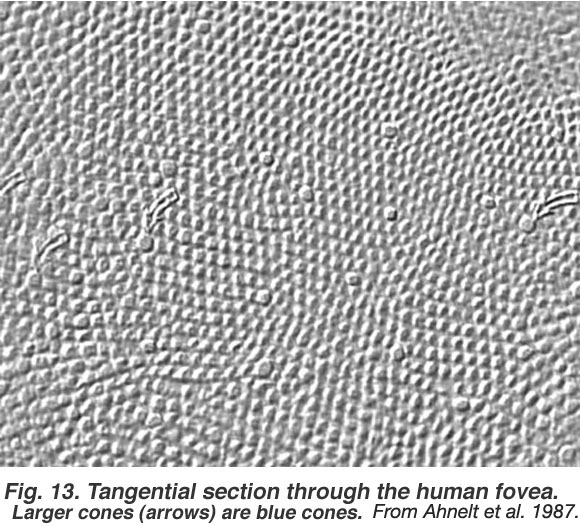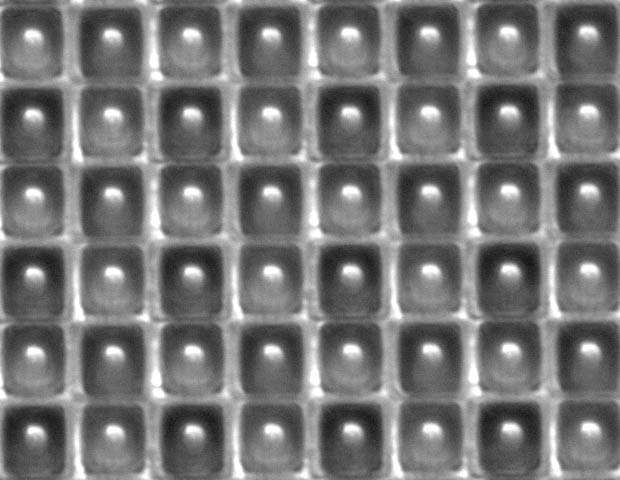Thank you for that. I can see now that the comparison was the quasi-random matrix of light-value capturing elements, rather than the rigid rectilinear pixel matrix of the CCD or CMOS sensor.zorg wrote: Fri Oct 14, 2022 3:29 pmOk college boy, I'll take the bait.Geiginni wrote: Thu Oct 13, 2022 3:27 pmThat's interesting. I'd like to know more about that process, as it would seem that retinal absorption of a photon triggers a isomerization of a protein that triggers a calcium/potassium channel pump and further enzymatic action that forms the beginning of the nerve 'impulse'.zorg wrote: Thu Oct 13, 2022 1:08 pm I will still contend however film has an unshakable mojo for image capture, by virtue that it is a chemical process that very closely approximates how the retina of the human eye reacts to light. Yes, digital now is good enough that you can digitally simulate the "look", but it's a simulacrum regardless.
As I've come to understand it: the action of a photon upon a silver-halide 'sensitivity speck' causes an electron in the speck group to jump to a higher conduction band, which will allow for the reduction of that speck and associated crystal to metallic silver when processed in an appropriate reagent. The similar process in a CMOS or CCD 'cell' is the electron jumps to a higher conduction band, which results in a charge avalanche that triggers a gate, or when the charge potential is sampled can be converted to a binary word value.
I'm dumbing things down obviously, but a CCD is pixel specific. Eyeballs and Film chemistry is much more "abstract" there is an element of pointillism based on the way the receptors and the chemical process captures the image. I realize of course that there isn't a film lab in an eye, and it is a different chemical process, but my argument is that a film emulsion and rods and cones are more organic in the way they capture light than a CCD. There is even bacteria that will eat film emulsion...I don't think anyone wants to eat CCDs. In visual terms (scale being disregarded)
Film Emulsion:
Retina of an eye:
CCD:
Fully admit that digital pixels are now so plentiful that you can "ruin" the image to achieve something akin to the way a film emulsion works, but again it is an algorithm and not the "magic" of the real thing. I won't argue that I'm getting into Sharpie on CD/crystals on speakers territory here (what was that guy, audiotruth?) but let me have my fun.
One of the things I like about the Fujifilm X-series cameras is that they do not rely upon a Bayer filter pattern for their sensors, and use their proprietary X-Trans filter, which provides for adjacent green pixels and a row-to-row offset of filter elements and seeks to avoid the rigid patterning and moire that can result from a Bayer sensor.


